Table of Contents
Guide
Pages
The following is a reference guide. For more information, consult a comprehensive quilting book.
Quilt Backing & Batting We suggest that you cut your backing and battling 8" larger than the finished quilt-top size. If preparing the backing from standard-width fabrics, remove the selvages and sew two or three lengths together; press seams open. If using 108"-wide fabric, trim to size on the straight grain of the fabric. Prepare batting the same size as your backing.
You can purchase prepackaged sizes or battings by the yard and trim to size. Quilting Press quilt top on both sides and trim all loose threads. Make a quilt sandwich by layering the backing right side down, batting and quilt top centered right side up on flat surface and smooth out. Pin or baste layers together to hold. Mark quilting design on quilt top and quilt as desired by hand or machine. Note: If you are sending your quilt to a professional quilter, contact them for specifics about preparing your quilt for quilting. When quilting is complete, remove pins or basting.
Trim batting and backing edges even with raw edges of quilt top. Binding the Quilt Join binding strips on short ends with diagonal seams to make one long strip; trim seams to " and press seams open (Figure A). 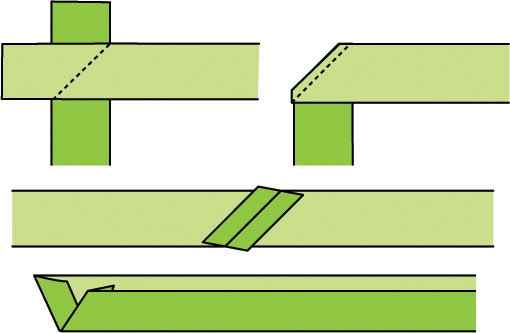 Figure A Fold 1" of one short end to wrong side and press. Fold the binding strip in half with wrong sides together along length, again referring to Figure A; press. Starting about 3" from the folded short end, sew binding to quilt top edges, matching raw edges and using a " seam.
Figure A Fold 1" of one short end to wrong side and press. Fold the binding strip in half with wrong sides together along length, again referring to Figure A; press. Starting about 3" from the folded short end, sew binding to quilt top edges, matching raw edges and using a " seam. 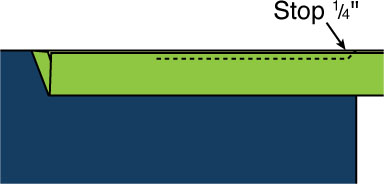 Figure B Fold binding up at a 45-degree angle to seam and then down even with quilt edges, forming a pleat at corner, referring to Figure C.
Figure B Fold binding up at a 45-degree angle to seam and then down even with quilt edges, forming a pleat at corner, referring to Figure C.  Figure C Resume stitching from corner edge as shown in Figure C, down quilt side, backstitching " from next corner.
Figure C Resume stitching from corner edge as shown in Figure C, down quilt side, backstitching " from next corner.  Figure C Resume stitching from corner edge as shown in Figure C, down quilt side, backstitching " from next corner.
Figure C Resume stitching from corner edge as shown in Figure C, down quilt side, backstitching " from next corner.
Repeat, mitering all corners, stitching to within 3" of starting point. Trim binding end long enough to tuck inside starting end and complete stitching (Figure D). 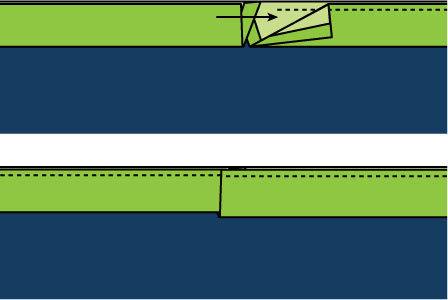 Figure D Fold binding to quilt back and stitch in place by hand or machine to complete your quilt. To download templates for easy printing, go to: AnniesCatalog.com/customers/check_code.html and enter 141446D71
Figure D Fold binding to quilt back and stitch in place by hand or machine to complete your quilt. To download templates for easy printing, go to: AnniesCatalog.com/customers/check_code.html and enter 141446D71 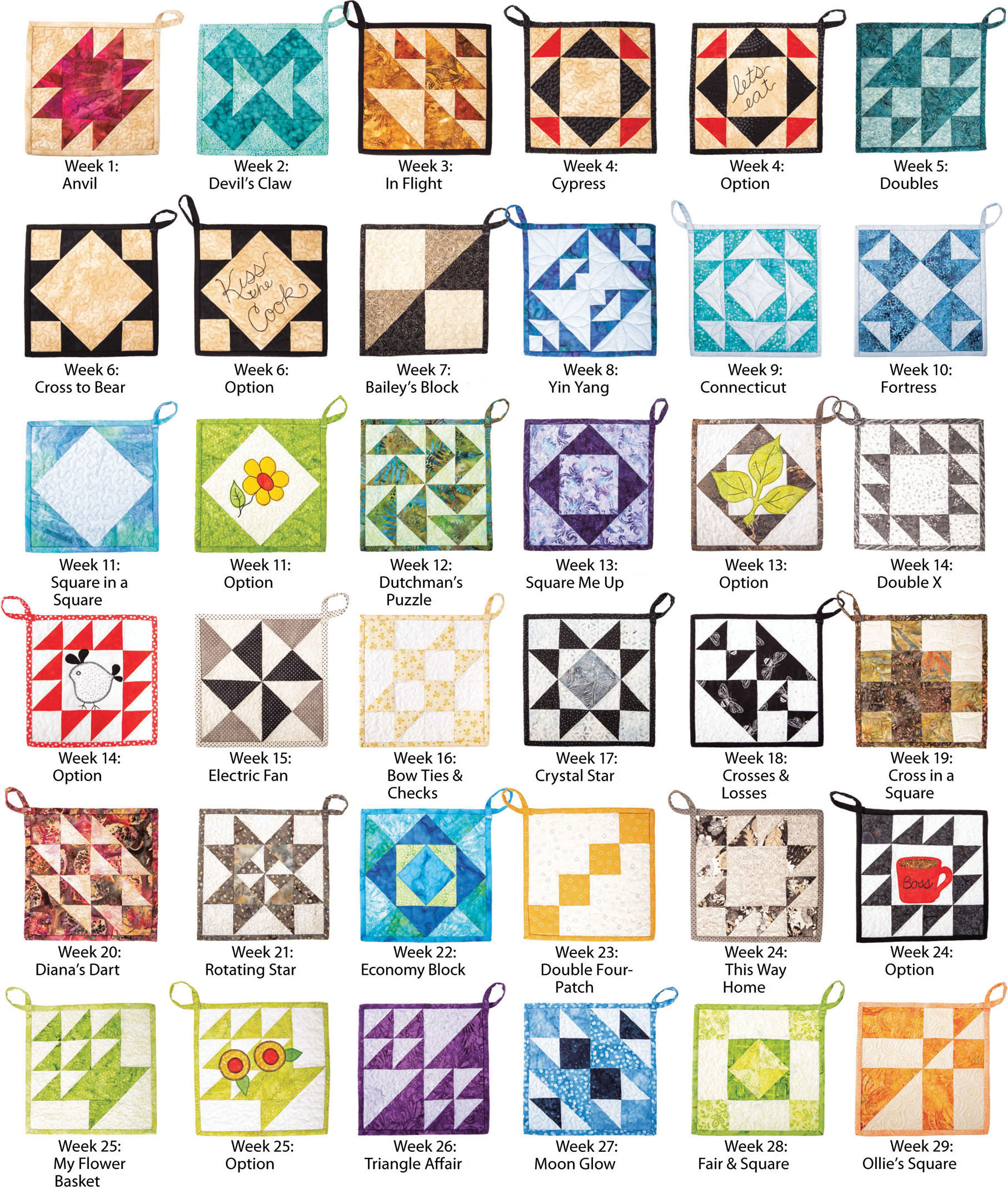
 We would like to thank the following manufacturers who provided materials to our designer to make sample projects for this book. Fabrics for this book were generously donated by the following textile companies:Hoffman California-International FabricsModa FabricsNorthcott FabricsAll battings, fusible webs and stabilizers were generously donated by Bosal:Katahdin Premium 100 percent cotton battingPoly-Therm #364B heat-reflective fleeceFashion-Fuse #300 woven fusible stabilizerSplendid Web #345 fusible web with paper release
We would like to thank the following manufacturers who provided materials to our designer to make sample projects for this book. Fabrics for this book were generously donated by the following textile companies:Hoffman California-International FabricsModa FabricsNorthcott FabricsAll battings, fusible webs and stabilizers were generously donated by Bosal:Katahdin Premium 100 percent cotton battingPoly-Therm #364B heat-reflective fleeceFashion-Fuse #300 woven fusible stabilizerSplendid Web #345 fusible web with paper release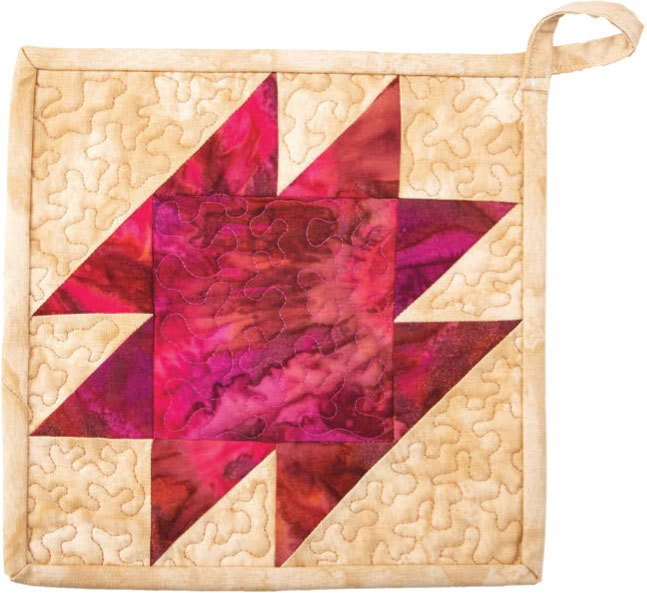 Finished Size Pot Holder Size: 8" 8"
Finished Size Pot Holder Size: 8" 8"
Materials 1 (2" WOF) coordinating fabric for binding and loop Scrap light fabric Scrap dark fabric 10" 10" backing 10" 10" heat-resistant batting 10" 10" cotton batting Thread Basic sewing tools and supplies
Project Notes Read all instructions before beginning this project. Stitch right sides together using a " seam allowance unless otherwise specified.
Materials and cutting lists assume 40" of usable fabric width for yardage. WOF width of fabric HST half square triangle  QST quarter square triangle
QST quarter square triangle  CuttingFrom light fabric cut: 1 (4") A square then cut once diagonally
CuttingFrom light fabric cut: 1 (4") A square then cut once diagonally  2 (2") B squares then cut once diagonally
2 (2") B squares then cut once diagonally  2 (2") C squares From dark fabric cut: 1 (4") D square 4 (2") E squares then cut once diagonally
2 (2") C squares From dark fabric cut: 1 (4") D square 4 (2") E squares then cut once diagonally  Completing the Block Stitch one B HST and one E HST together as shown in Figure 1. Press open. Make 4.
Completing the Block Stitch one B HST and one E HST together as shown in Figure 1. Press open. Make 4.  Figure 1 Stitch one unit from step 1 and one E HST as shown in Figure 2. Make 2.
Figure 1 Stitch one unit from step 1 and one E HST as shown in Figure 2. Make 2. 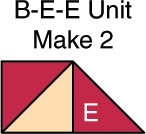 Figure 2 Stitch one C square and one E HST to each side of a unit from step 1 as shown in Figure 3. Press. Make 2.
Figure 2 Stitch one C square and one E HST to each side of a unit from step 1 as shown in Figure 3. Press. Make 2. 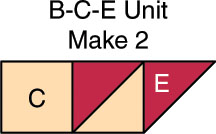 Figure 3 Referring to the Assembly Diagram and photo, lay out all pieces and units as shown and stitch together to complete one block. Press.
Figure 3 Referring to the Assembly Diagram and photo, lay out all pieces and units as shown and stitch together to complete one block. Press.  Week No. 1: Anvil Assembly Diagram 8" 8" Layer backing right side down, battings and pot holder block right side up. 1: Anvil Assembly Diagram 8" 8" Layer backing right side down, battings and pot holder block right side up.
Week No. 1: Anvil Assembly Diagram 8" 8" Layer backing right side down, battings and pot holder block right side up. 1: Anvil Assembly Diagram 8" 8" Layer backing right side down, battings and pot holder block right side up.
Quilt as desired. Bind pot holder and make hanging loop referring to General Instructions. 
 Finished Size Pot Holder Size: 8" 8"
Finished Size Pot Holder Size: 8" 8"
Materials 1 (2" WOF) coordinating fabric for binding and loop Scrap light fabric Scrap dark fabric 10" 10" backing 10" 10" heat-resistant batting 10" 10" cotton batting Thread Basic sewing tools and supplies
Project Notes Read all instructions before beginning this project. Stitch right sides together using a " seam allowance unless otherwise specified. Materials and cutting lists assume 40" of usable fabric width for yardage. Press. Make 2. Make 2.


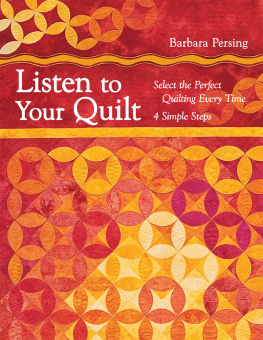

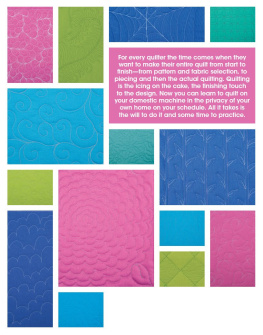
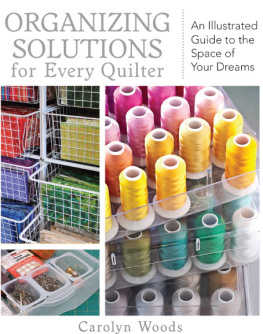


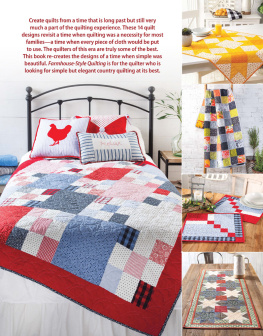
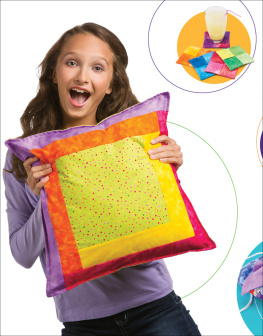
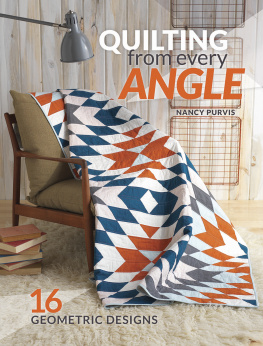
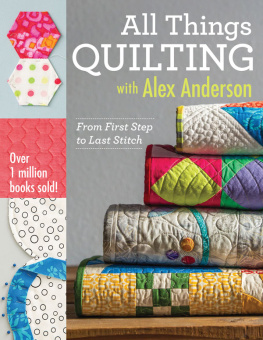

 Figure A Fold 1" of one short end to wrong side and press. Fold the binding strip in half with wrong sides together along length, again referring to Figure A; press. Starting about 3" from the folded short end, sew binding to quilt top edges, matching raw edges and using a " seam.
Figure A Fold 1" of one short end to wrong side and press. Fold the binding strip in half with wrong sides together along length, again referring to Figure A; press. Starting about 3" from the folded short end, sew binding to quilt top edges, matching raw edges and using a " seam.  Figure B Fold binding up at a 45-degree angle to seam and then down even with quilt edges, forming a pleat at corner, referring to Figure C.
Figure B Fold binding up at a 45-degree angle to seam and then down even with quilt edges, forming a pleat at corner, referring to Figure C.  Figure C Resume stitching from corner edge as shown in Figure C, down quilt side, backstitching " from next corner.
Figure C Resume stitching from corner edge as shown in Figure C, down quilt side, backstitching " from next corner.  Figure D Fold binding to quilt back and stitch in place by hand or machine to complete your quilt. To download templates for easy printing, go to: AnniesCatalog.com/customers/check_code.html and enter 141446D71
Figure D Fold binding to quilt back and stitch in place by hand or machine to complete your quilt. To download templates for easy printing, go to: AnniesCatalog.com/customers/check_code.html and enter 141446D71 
 We would like to thank the following manufacturers who provided materials to our designer to make sample projects for this book. Fabrics for this book were generously donated by the following textile companies:Hoffman California-International FabricsModa FabricsNorthcott FabricsAll battings, fusible webs and stabilizers were generously donated by Bosal:Katahdin Premium 100 percent cotton battingPoly-Therm #364B heat-reflective fleeceFashion-Fuse #300 woven fusible stabilizerSplendid Web #345 fusible web with paper release
We would like to thank the following manufacturers who provided materials to our designer to make sample projects for this book. Fabrics for this book were generously donated by the following textile companies:Hoffman California-International FabricsModa FabricsNorthcott FabricsAll battings, fusible webs and stabilizers were generously donated by Bosal:Katahdin Premium 100 percent cotton battingPoly-Therm #364B heat-reflective fleeceFashion-Fuse #300 woven fusible stabilizerSplendid Web #345 fusible web with paper release Finished Size Pot Holder Size: 8" 8"
Finished Size Pot Holder Size: 8" 8" QST quarter square triangle
QST quarter square triangle  CuttingFrom light fabric cut: 1 (4") A square then cut once diagonally
CuttingFrom light fabric cut: 1 (4") A square then cut once diagonally  Figure 1 Stitch one unit from step 1 and one E HST as shown in Figure 2. Make 2.
Figure 1 Stitch one unit from step 1 and one E HST as shown in Figure 2. Make 2.  Figure 2 Stitch one C square and one E HST to each side of a unit from step 1 as shown in Figure 3. Press. Make 2.
Figure 2 Stitch one C square and one E HST to each side of a unit from step 1 as shown in Figure 3. Press. Make 2.  Figure 3 Referring to the Assembly Diagram and photo, lay out all pieces and units as shown and stitch together to complete one block. Press.
Figure 3 Referring to the Assembly Diagram and photo, lay out all pieces and units as shown and stitch together to complete one block. Press.  Week No. 1: Anvil Assembly Diagram 8" 8" Layer backing right side down, battings and pot holder block right side up. 1: Anvil Assembly Diagram 8" 8" Layer backing right side down, battings and pot holder block right side up.
Week No. 1: Anvil Assembly Diagram 8" 8" Layer backing right side down, battings and pot holder block right side up. 1: Anvil Assembly Diagram 8" 8" Layer backing right side down, battings and pot holder block right side up.
 Finished Size Pot Holder Size: 8" 8"
Finished Size Pot Holder Size: 8" 8"